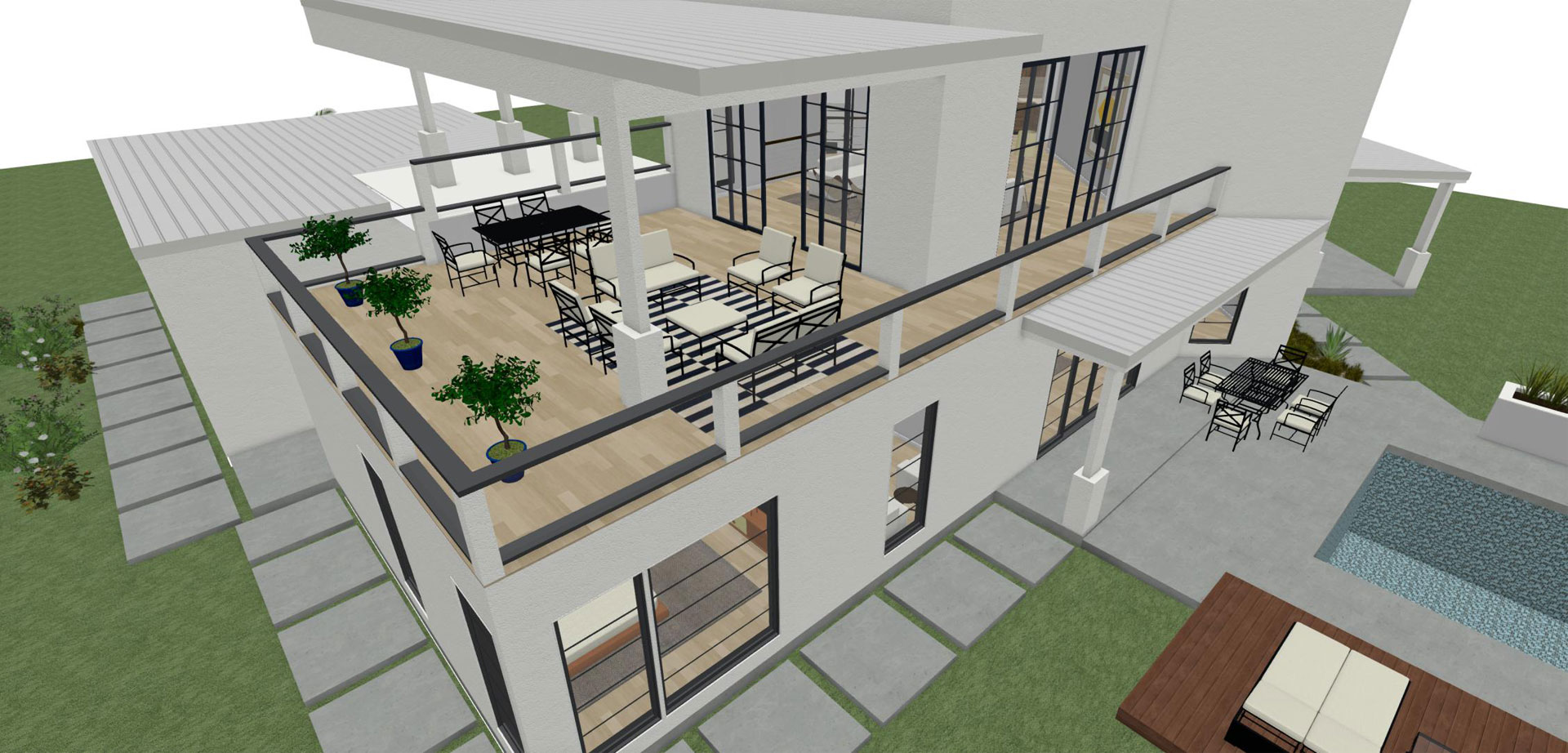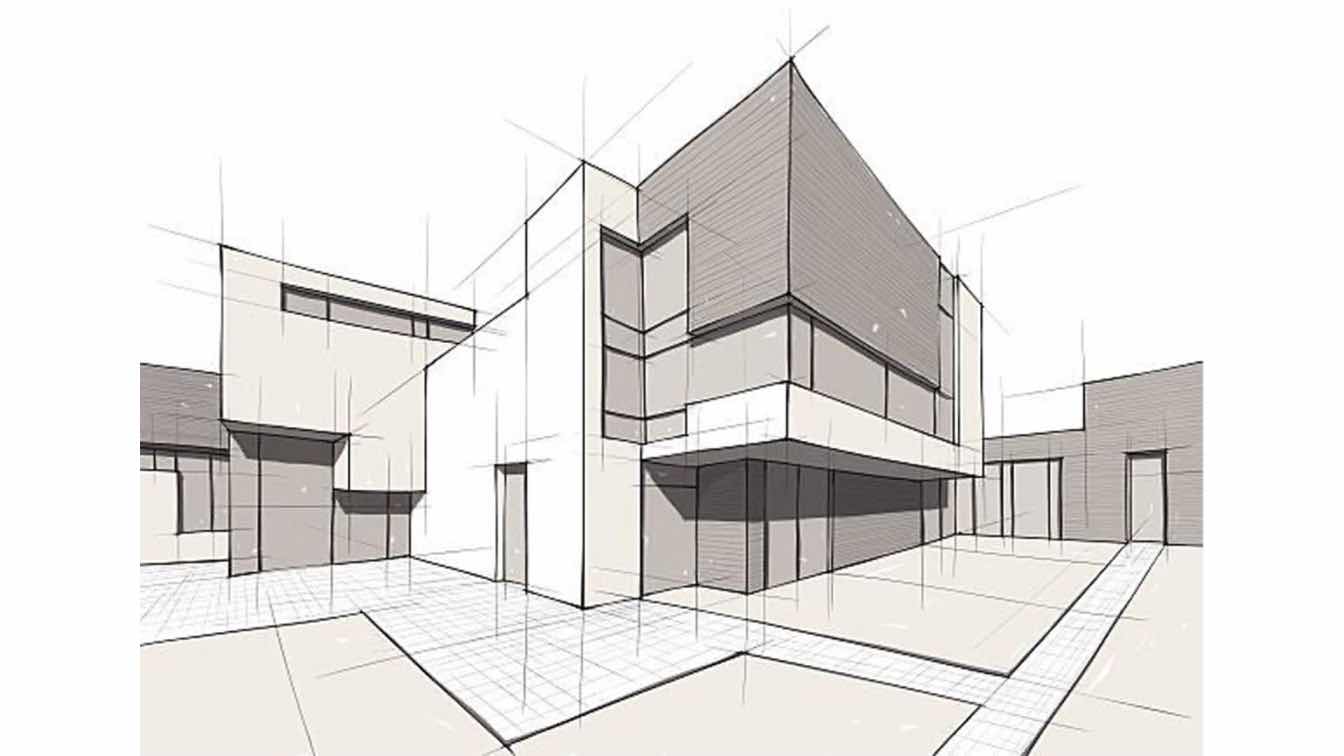Comprehending the Collaborative Process Between Architects and Designers in Modern Construction Projects
The collective process in between architects and engineers is necessary in modern building projects, as it harmonizes design intent with design feasibility. This collaboration not only affects the visual and functional facets of a project however likewise plays an essential function in attending to sustainability obstacles. By using reliable interaction strategies and leveraging advanced technologies, such as Building Information Modeling (BIM), teams can work much more cohesively. The ins and outs of this partnership commonly existing special difficulties that can impede development. Discovering these characteristics discloses understandings that might substantially affect job results and overall industry standards. cda architects.
The Relevance of Cooperation
The collective harmony in between architects and engineers is necessary for the successful realization of any construction job. This partnership brings together unique expertise and viewpoints, enabling the combination of ingenious design with practical engineering solutions. By working together, architects and engineers can guarantee that a project not only satisfies aesthetic and useful needs however also abides by security, sustainability, and budgetary restraints.
Partnership cultivates a shared vision, facilitating the placement of objectives and expectations from the beginning. This alignment is crucial in resolving potential obstacles and mitigating threats that might arise throughout the job lifecycle. A joint approach permits for the efficient allotment of sources, maximizing both time and cost.
The value of cooperation extends to the repetitive process of layout and construction, where comments from designers can educate building choices, resulting in more practical and lasting layouts. Conversely, designers can influence engineers to believe artistically concerning just how to attain architectural integrity without jeopardizing imaginative intent. Inevitably, the collaborative relationship between designers and designers is not just valuable; it is basic to the production of high-grade, useful, and cutting-edge constructed settings that satisfy the requirements of society.
Communication Techniques and Devices
Reliable interaction methods and tools are vital for fostering collaboration in between engineers and engineers throughout the project lifecycle. Developing clear networks of interaction is vital to make sure that all team participants are aligned with task purposes, timelines, and duties. Normal meetings, both in-person and virtual, give possibilities for stakeholders to go over development, address concerns, and make educated choices.

In addition, adopting collective interaction tools, such as Slack or Microsoft Teams, enables for instant messaging, data sharing, and recurring discussions, promoting an extra agile reaction to arising issues. Paper management systems likewise play an important duty in organizing project paperwork, making certain that all team members have access to the newest info.
Shared Objectives and Task Vision
A combined job vision offers as the structure for successful partnership between engineers and designers (cda architects). This common vision not only aligns the efforts of both celebrations however also establishes a typical structure for decision-making throughout the task's lifecycle. By articulating clear goals, stakeholders can efficiently browse the click for more complexities of contemporary building and construction projects, guaranteeing that both aesthetic and practical demands are satisfied
Establishing shared goals includes open dialogue and a complete understanding of each technique's payments. Designers normally concentrate on style intent, spatial connections, and user experience, while engineers emphasize structural honesty, systems capability, and conformity with regulations. When these viewpoints are straightened, the outcome is a natural job that complies with both innovative aspirations and technical feasibility.
In addition, a distinct job vision fosters accountability among employee, motivating each participant to take possession of their function in achieving the preferred result. Routine check-ins and collaborative workshops can even more enhance this dedication, permitting adjustments to be made as the task evolves. Ultimately, a shared vision not just boosts synergy yet additionally raises the high quality of the last deliverable, causing successful project conclusion.
The Function of Innovation
Leveraging innovation has actually come to be important in improving cooperation in between architects and engineers. Structure Info Modeling (BIM) stands out as a crucial technology, enabling both designers and designers to develop thorough 3D models that encapsulate design intent and structural stability.
Furthermore, cloud-based platforms enable seamless collaboration, permitting task stakeholders to accessibility and upgrade job data from anywhere. This fosters a society of openness and responsibility, as changes can be tracked and reviewed in real-time. In addition, mobile applications more improve communication, providing on-site groups with instant access to task specs and updates.
Emerging technologies such as expert system and this hyperlink device learning are additionally starting to contribute in anticipating analysis, helping groups recognize prospective issues prior to they occur. Inevitably, the function of technology in architecture-engineering cooperation not only boosts process efficiencies yet also boosts development, leading to even more successful job outcomes. additional resources By welcoming these technological developments, architects and designers can make sure a more natural and productive joint procedure throughout the construction lifecycle.
Instance Research Studies in Effective Partnerships
Many instance research studies highlight the profound effect of effective collaborations between architects and engineers on project end results. One significant example is the partnership on the High Line in New York City City, where landscape designers, designers, and urban coordinators interacted to transform an abandoned railway right into a lively public park. This multidisciplinary method not just boosted the visual quality however additionally guaranteed structural security and ecological sustainability.

The Burj Khalifa in Dubai better shows the relevance of collective efforts - cda architects. The assimilation of design and engineering know-how made it possible for the job team to accomplish unmatched elevations while sticking to security regulations and visual vision
These examples highlight the significance of interaction, trust fund, and shared purposes. In today's complicated construction setting, such collaborations are vital to navigating obstacles and providing projects that fulfill both practical and visionary goals.
Verdict
To conclude, the collaboration in between architects and designers is vital for the success of modern building and construction jobs. Reliable interaction methods, a shared job vision, and the integration of innovative innovations are crucial parts that facilitate this collaboration. By promoting a society of responsibility and leveraging tools such as Building Information Modeling (BIM), groups can navigate task complexities, ensuring that visual, practical, and sustainability purposes are accomplished. Inevitably, this synergy brings about ingenious and effective project end results.